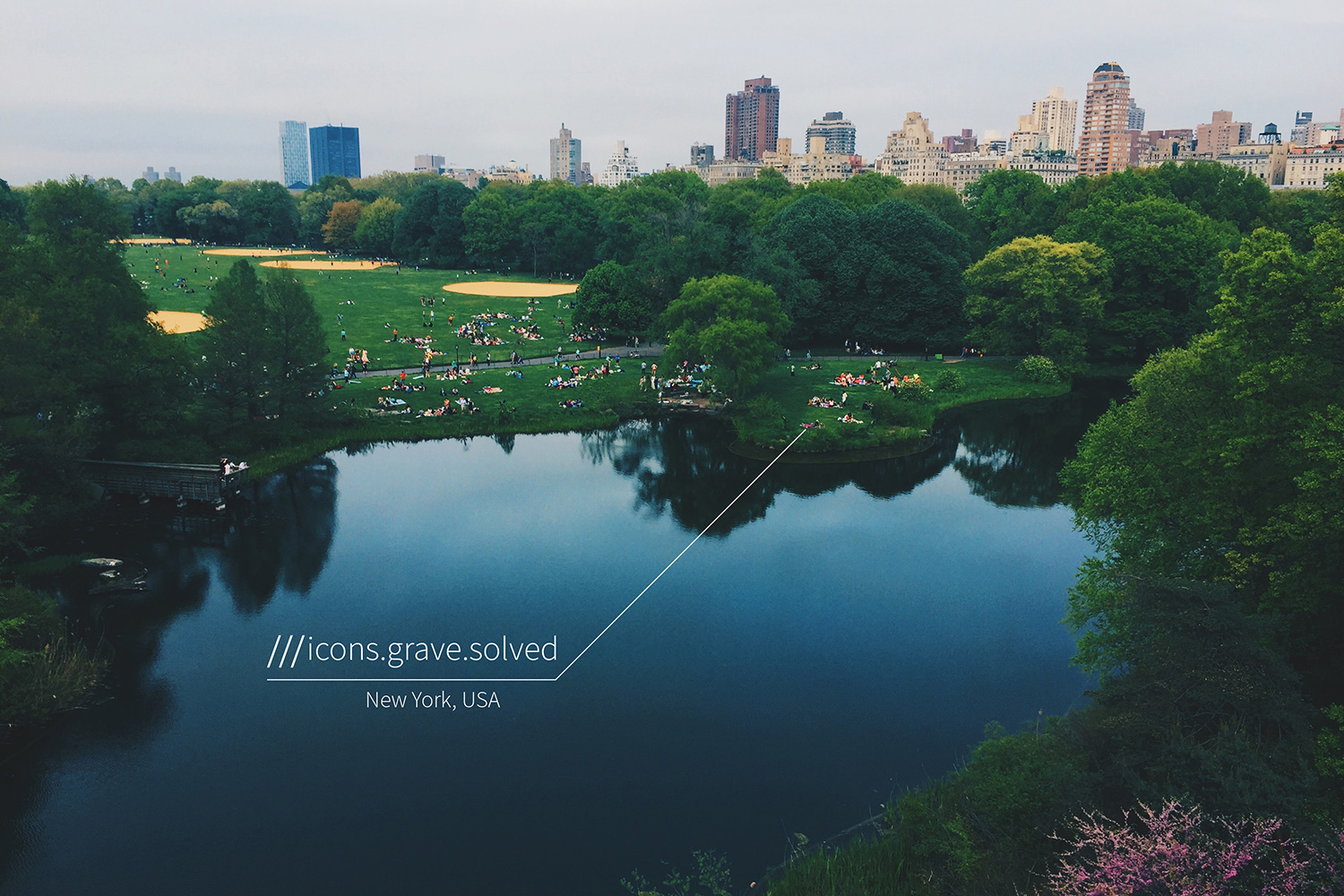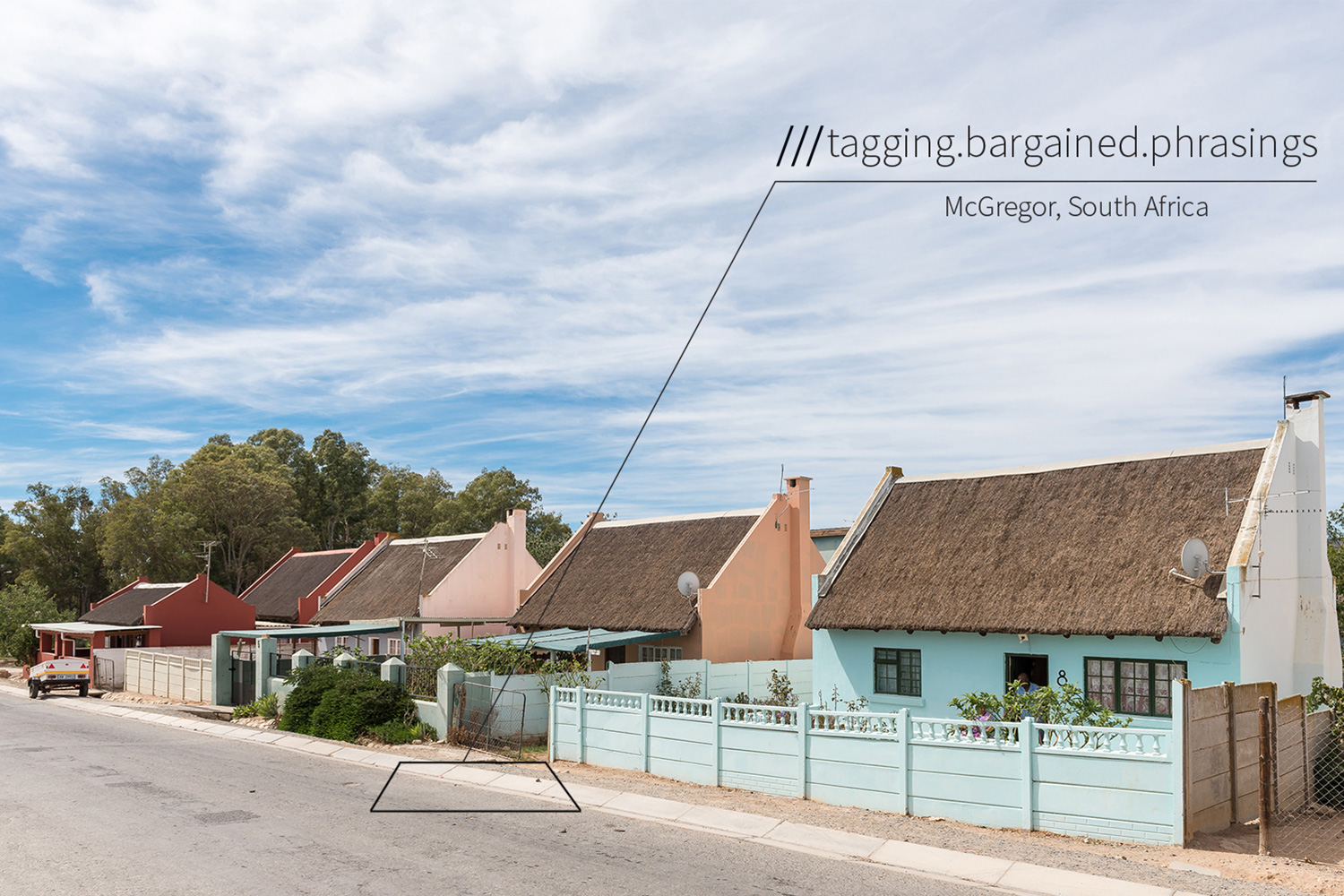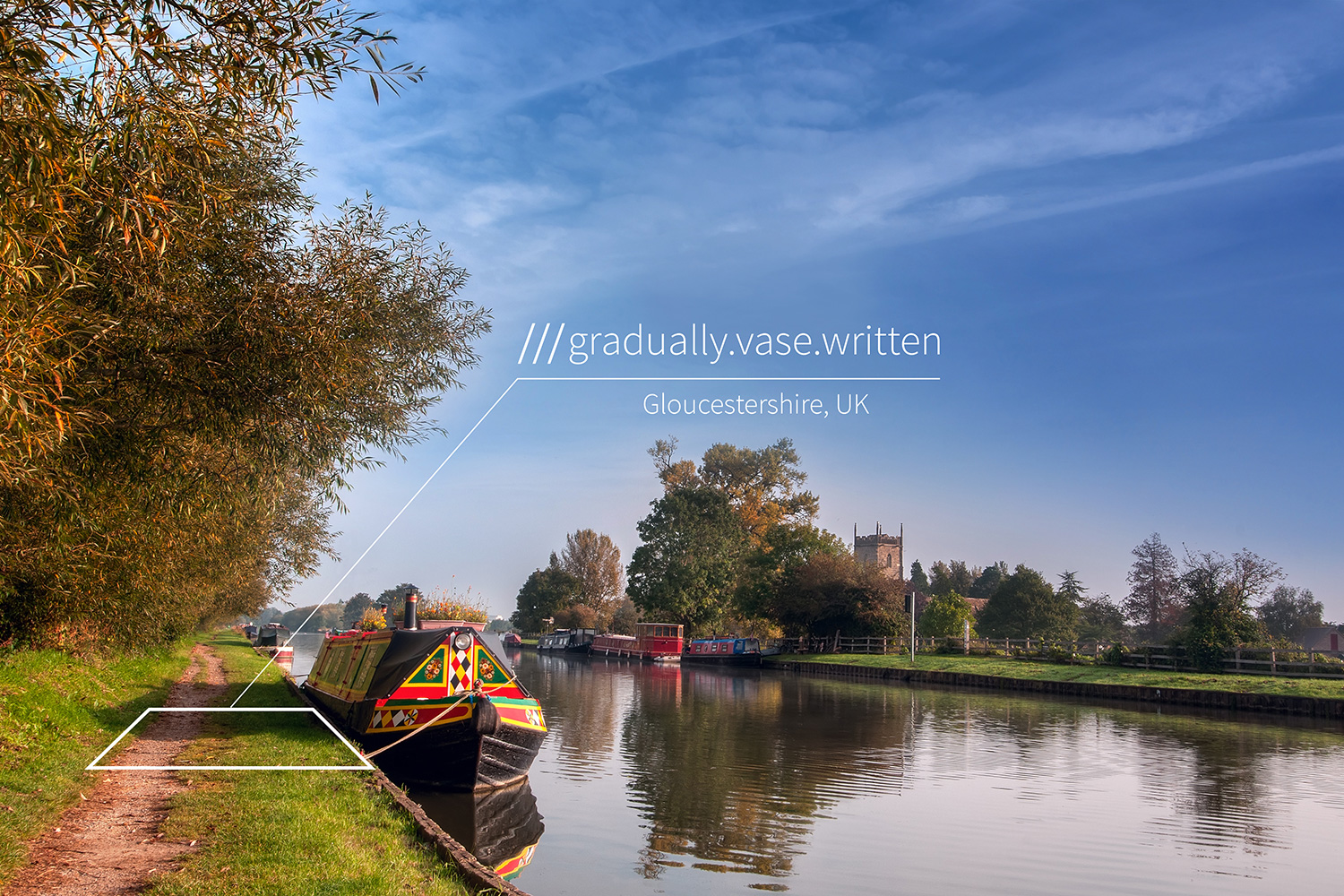
The old system of addresses that cities have relied on for hundreds of years just isn’t cutting it any more. Originally intended to help with taxation and policing, the aging way of assigning street numbers to buildings isn’t precise enough for today’s — and tomorrow’s — intelligent services.
“For smart cities, there’s a real need to address more specific locations,” Giles Rhys Jones, the chief marketing officer for What3Words, told Digital Trends. What3Words is a London-based startup behind a geocoding location system that’s used by Mercedes-Benz, the United Nations, and even a Domino’s Pizza franchise.
Cities across the globe are installing technology to gather data in the hopes of saving money, becoming cleaner, reducing traffic, and improving urban life. In Digital Trends’ Smart Cities series, we’ll examine how smart cities deal with everything from energy management, to disaster preparedness, to public safety, and what it all means for you.
Current mobility services like ride-hailing and ride-sharing are already struggling with the old addressing system’s shortcomings. It’s a common Uber problem: Drivers often have trouble finding passengers because a pickup address can cover an area hundreds of feet wide. The issue is even more critical when it comes to emergency services where finding a victim quickly can be the difference between life and death. And there are important infrastructure concerns with city administrators having difficulty precisely pinpointing needed road repairs and utility outages.
In the future, services ranging from drone deliveries to autonomous cars will put even more strain on the old addressing system. When self-driving vehicles begin picking up people, passengers will need to be able to specify exactly where they’ll be standing. Deliveries by drone may not even go to address but rather to a person’s backyard deck or garage door.
GPS coordinates offer one solution, but they are generally impractical and nearly impossible for people to convey to others: “Hey, come pick me up at latitude 49.010486 and longitude 2.568131.” Such coordinates are too onerous to remember and prone to misunderstandings and input errors. Imagine trying to tell Alexa your GPS coordinates.
Three simple words
So What3Words came up with is an easier way for communicating precise locations around the world. Using an advanced algorithmic equation, the company parsed the planet into 3 x 3-meter squares (roughly 10 x 10 feet) and then assigned a unique sequence of three words — such as ruins.chew.slowly or admit.blast.plans — to identify each and every square. That translates into 57 trillion squares covering the globe, including the open oceans, using a vocabulary of just 40,000 words.
“And because it covers the whole planet, it’s great for places that don’t have official addresses, such as refugee camps in Uganda or remote places in Mongolia,” Rhys Jones said. He pointed out that in the event of a natural disaster, such as a wild fire or earthquake that wipes out streets and homes, What3Words still works. Just give someone the triumvirate of words associated with your location — whether you’re on top of a mountain or in the middle of a lake — and they will be able to find you.
“It’s great for places that don’t have official addresses, such as refugee camps in Uganda.”
It’s this unique feature that has prompted organizations like the U.N. and the Red Cross to adopt What3Words. In many cases, it’s the only way to find people in need. Marinas.com uses What3Words to guide sailors to safe anchorages. And in developing countries where there are no reliable addresses, young businesses can still get financing through microloans tied to their What3Words location.
Of course, it can prove useful in everyday situations, too. When Digital Trends met Rhys Jones for a meeting, Google Maps located the designated restaurant halfway down a block of 26th street in Manhattan. However, the restaurant’s official address placed its location around the corner on Park Avenue. Both locations were wrong. Fortunately, a What3Words ID put the entrance to the restaurant in the correct spot.
Acting as an overlay on maps, including those from Google and Open Streets, What3Words is now being integrated into TomTom’s navigation systems. Mercedes-Benz is adding it to the car company’s latest MBUX in-dash infotainment systems. More announcements are expected soon, and anyone can use the free smartphone app to trade location information.
Can three little words really make smart cities more intelligent?
A precise three-word locator could tell drivers exactly where there’s an open parking spot on the street, for example, or pinpoint a specific service entrance at a shopping mall. Infrastructure components that don’t have a physical address, such as a charging station for electric vehicles, can also be easily located using a three-word address. Sharing more accurate location data with citizens in cities means people would be able to find these spots more quickly, saving time and gas, and in the process reducing pollution and traffic congestion.
Burgeoning Mobility as a Service (MaaS) businesses could also use the system. Dockless electric bikes and scooters currently litter sidewalks from Los Angeles to Tel Aviv, randomly dropped off wherever the last rider abandoned them. So managing the logistics of keeping them charged and easily found when the next customer wants a ride is particularly challenging. Being able to send the next rider a three-word address that exactly pinpoints an e-scooter’s spot would be a boon.
“It’s a compelling vision that is seamless, and it’s going to reduce traffic and reduce pollution.”
More precise mapping is also seen as crucial to enabling so-called multimodal transportation, the ability to use several forms of transportation to maximize the efficiency of a trip. In a typical scenario a commuter might share a ride-hailing car to a train station, then take the train into the city, and finally pick up an e-bike in town to ride the last few blocks to the office.
“It’s a compelling vision that is seamless, and it’s going to reduce traffic and reduce pollution,” Liad Itzhak of Here Mobility told Digital Trends during an interview. Itzhak, who spent five years at Waze, currently heads up the mobility subsidiary of the navigation firm Here Technologies, which is jointly owned by Audi, BMW, Mercedes, and Intel.

For Here, mapping is the key to enabling multimodal transportation. The mobility arm is initially focusing on creating applications that aggregate and then coordinate different transportation options that enable businesses, like hotels, to provide quick and efficient transportation options to customers. For the moment, that means focusing on car services, but the vision is to integrate public transportation and other MaaS options like shared e-bikes.
Currently, applications like Google Maps can show commuters the estimation of how long a trip will take depending on the mode of transportation — walking, biking, or by car, for example. But to make really smart transportation choices, more precise location data will have to be integrated with citywide transportation data. Such integration would allow cities to anticipate and plan for crowded trains after a sporting event, giving them the ability to coordinate train schedules with car and bus services to assign just enough capacity at specific train stations to accommodate riders. At other train stops, riders might be offered special discounts to incentivize them to take an e-bike or e-scooter.
Such a vision of congestion-free smart cities using their infrastructure to maximize efficiency and minimize frustration will still require years of integrating diverse technologies. But it might all start with just three words.












